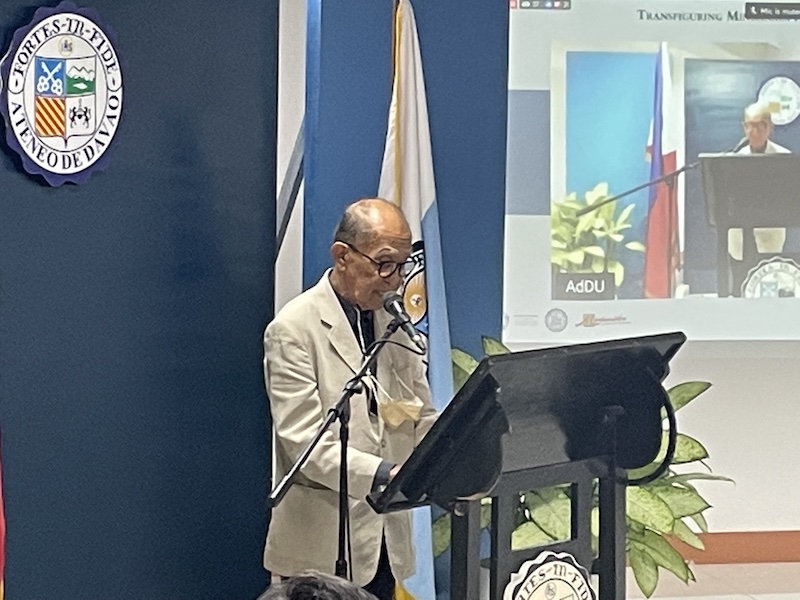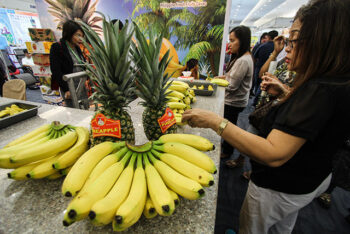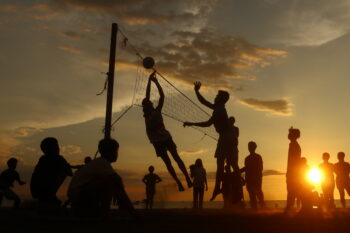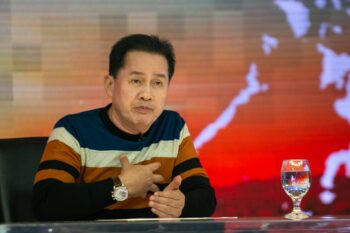(Speech delivered by Redemptorist Brother Karl Gaspar, one of 44 authors of the book, Transfiguring Mindanao: A Mindanao Reader, during its launch at the Ateneo de Davao University on 22 June 2022).

After I saw the poster in social media announcing that Transfiguring Mindanao: A Mindanao Reader has recently been published by the Ateneo de Manila University Press, images of recent events flashed in my mind. It certainly brought back memories to the distant and recent past including what Fr. Joel Tabora SJ had indicated since his first years as ADDU President that its thrust should give special focus to Mindanao. Later, I got an email sent by Fr. Karel San Juan SJ that the Jesuits in a recent chapter had decided that there would be a renewed drive on the part of their Society to give more attention to Mindanao, which was once their ministry’s main location during the Spanish colonial period in this country.
Shortly after that, the identified writers heard from Joey Sescon and Jowel Canuday who would eventually serve as Editors of this anthology. However, they first had to do the dirty work of conceptualizing the project, seeking funding, contacting possible authors and convene a few days of discussion and beginning writeshops. Those of us privileged to attend these workshop sessions – mostly Mindanao-born and/or have settled in various parts of southern Mindanao – were enthused with the whole project and there was a lot of excitement in this rare gathering of writers, united with a common goal. Once we separated, the two editors had to continue doing the dirty work of following up the essays, editing these, working on the design and dealing with the publisher.
And now, ladies and gentlemen, four years later after this project saw the light of day with its conceptualization, a published copy is in your hands. One can never underestimate the significance of this book’s publication, neither the importance of this publication. To be able to put together an anthology of 35 well-written essays involving 44 authors! Nothing in the history of Mindanao publications (or those written elsewhere in the country or abroad) could match the range of topics, academic and work background of the authors and various styles of writing essays.

This book can easily take a pride of place in the various Bibliographies on Mindanao, the first one of which appeared as early as 1894, and the most recent ones in 2005 (the Annotated bibliography of Mindanao studies, a project of the Mindanao Studies Consortium Foundation, Inc. (MSCFI); the 2007 “ Checkpoints & Chokepoints: Learning from Peace and Development Paradigms and Practices in Mindanao,” produced by the first Mindanao Studies Conference and the most recent initiative of a Technical Working Group (TWG) that would produce a RoadMap serving as Bibliography on Mindanao histories and studies.
Lastly, Transfiguring Mindanao, is one major leap in Mindanawon’s attempt to challenge the hegemony of Metro Manila in terms of the production of knowledge. Their collective efforts echo the sentiments of Fernand Braudel who wrote in his book – The View of the Periphery (Out of Italy, Europa, 2019): “ it is sometimes said that the light shed from the margin is the best, that a complex whole may be best be apprehended from its outer limits.” In a situation in which “every fact, every event has been minutely studied by generations of devoted historians, the vantage point of the periphery, of the diaspora, can provide new clarity to developments in the core.”
Ms. Arlene Yandug of Xavier University in Cagayan de Oro, in her Introduction to Tinubdan, an anthology of essays, poems and short stories (in both English and Cebuano) adds to Braudel’s assertion: “In the light of the nation-region discourse (where ‘region‘ implies being overshadowed by the nation-center which dictates the tempo of literary production), we believe the places where we were born or raised in are the true sources or wellsprings of our literary expressions. And that small, multifarious compiling is the way to go in Philippine literature as it is more likely to ferret out hidden, underrepresented literary imagination, writing gestures, and consciousness.”
Congratulations to the Editors, authors and publisher of Transfiguring Mindanao!







